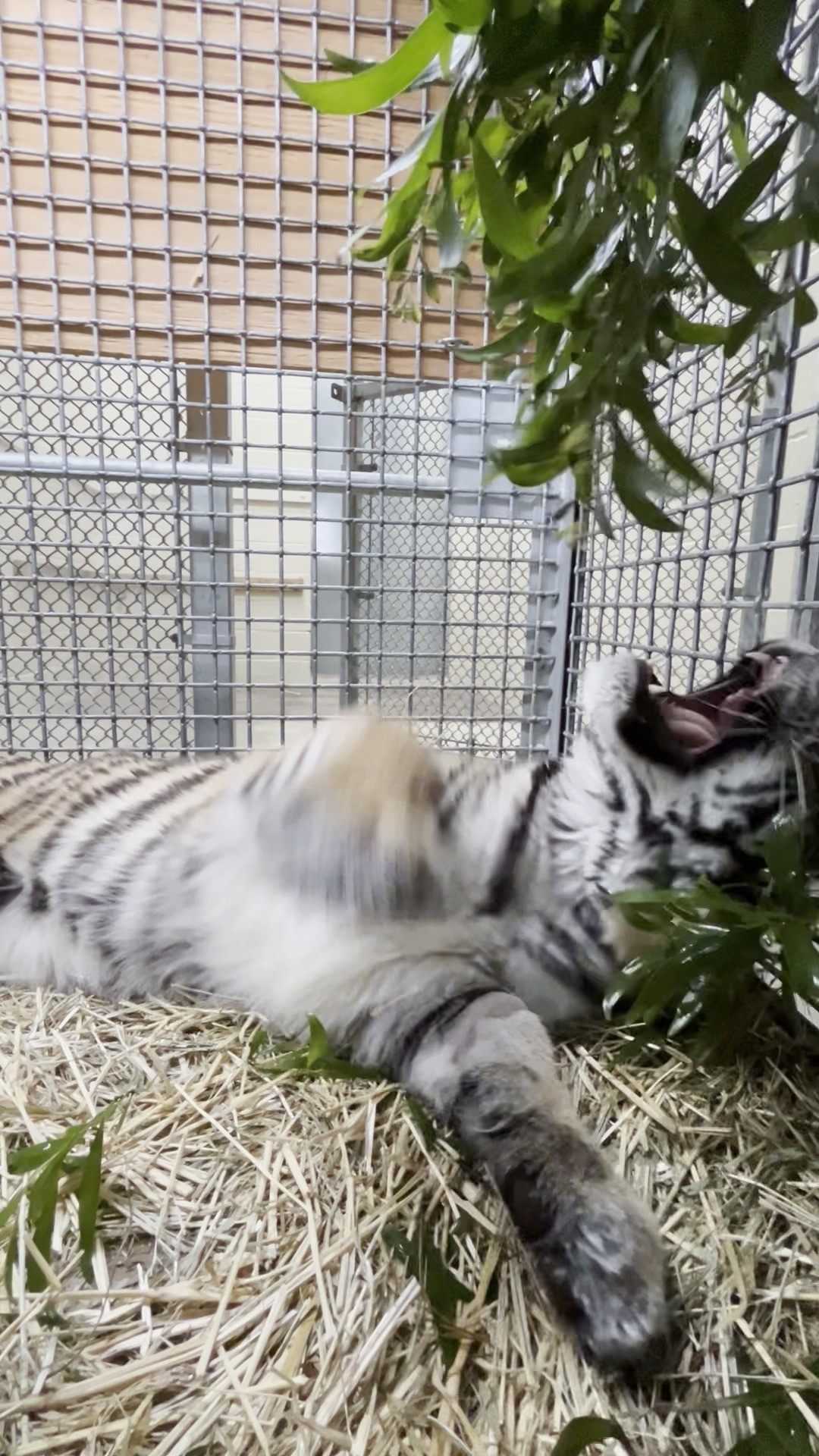– Innovative approaches to the rehabilitation of injured wildlife, particularly big cats like tigers
– The physiological and psychological needs of tigers in recovery and the techniques used to address them
– The role and techniques of environmental enrichment in wildlife care and rehabilitation
– The balance between physical rest and mental stimulation for healing animals
– The success stories and positive impact of wildlife rehabilitation efforts
—
Providing care for majestic creatures such as tigers is both a privilege and a complex undertaking. When one of these noble animals is rescued, and in need of rehabilitation, the techniques and approaches to care must be as multifaceted and dynamic as the animals themselves. Advancements in veterinary medicine, coupled with an ongoing study of animal behavior, have paved the way for enriched rehabilitative environments that cater to these creatures’ physical and mental well-being.
Among the striking stories of wildlife recovery is that of a young, spirited tigress who has been through the proverbial storm. She is a testament to resilience—a powerful symbol of nature’s indomitable spirit. Like many rescued wildlife, her journey is characterized by a blend of challenges and breakthroughs.
The physical healing process is a priority for any injured animal. For this young tiger, limiting her walking and movement is crucial to ensure proper healing of her injuries. However, the cat’s instincts drive her to remain active and engaged. This is where animal care professionals must innovate, creating a regimen that strikes a fine balance. The goal is to promote healing without stifling the creature’s innate behaviors and needs.
Implementing a carefully designed rehabilitation plan that prioritizes rest while still encouraging mental stimulation is key. For example, to accommodate the tiger’s instincts, environmental enrichments allow her to engage in typical behaviors, like using her sharp and adept claws in a non-stressful manner. Branches and leaves are excellent tools for her to practice her shredding techniques—a gentle yet satisfying activity that allows her to flex her paws without putting undue strain on her healing body.
Understanding the psychological needs of tigers is essential, and it’s important to note that they are as critical to their recovery as their physical healing. In the wild, these animals would explore, hunt, and interact with their environment in complex ways. The absence of this stimulation can lead to boredom and even depression, which can impede physical healing.
But how do caretakers keep a convalescing tiger, normally a powerhouse of energy and curiosity, mentally engaged without encouraging too much physical activity? The secret lies in a concept known as “environmental enrichment.” This approach enhances the quality of the animal’s living space by adding novel and stimulating complexities to mimic the challenges and surprises of the wild.
Enrichments are designed to provoke the tiger’s natural behaviors, such as stalking, foraging, and exploring—anything that makes her think and react. They may take the form of scents or sounds typical of their natural habitats, puzzle feeders that require solving to access food or objects that can be manipulated in interesting ways. Caregivers like Keeper Nikki use their deep understanding of the animals’ inclinations to devise creative and suitable enrichment that meets the tigers’ needs.
Moreover, human interaction is also a valuable form of stimulation for the tiger. Trusting relationships with caregivers encourage mental engagement and can provide comfort during rehabilitation. Keepers may spend time simply being present with the animal, talking to her, or offering gentle tactile stimulation if the tiger shows an affiliative response to such interaction.
The tales of these rescued tigers remind us of the intricate connection between all living things and their environments. It illustrates the expertise required to cater to such magnificent animals and the innovative techniques involved in their care and rehabilitation. Every activity, every thoughtful addition to their environment, nurtures their mind and soul as their bodies mend.
The healing process is a triumph for the animals and those devoted to their recovery. Through their dedication and commitment, caretakers and veterinarians make it possible for these animals to envision survival and a thriving existence post-recovery.
Success stories abound in the realm of wildlife rehabilitation. Every returned roar; every regained stride whispers a narrative of triumph over adversity. It’s a collective effort that unites the hearts of caregivers and the spirits of the beasts they serve, a reminder that even in our technologically driven era, we remain guardians of the natural world. The presence of its wild inhabitants indescribably enriches this world.
Throughout tales of recovery, like that of our recovering tigress, there is a profound reminder of the indomitable spirit in nature’s creations. The road to recovery is neither straight nor predictable, but with patience, innovation, and compassion, the journey can lead to a destination of restored health and rekindled spirit.
These restoration stories inspire and serve as an educational platform, illustrating the creative and multifaceted strategies employed by conservationists and animal caregivers. They provide an opportunity to learn more about these extraordinary animals and the measures taken to ensure their well-being.
In closing, the tale of a recuperating tiger is far more than a story of animal care. It is a narrative that intertwines human ingenuity with the astounding resilience of wildlife, teaching us invaluable lessons about compassion, coexistence, and the depth of our responsibility to the natural world. Through the lenses of these remarkable healing experiences, we grasp the essence of conservation and the profound impact humanity can have on the lives of our planet’s most awe-inspiring inhabitants.
*****
Source Description
Rescued tiger update: to promote this sweet female tiger’s healing, we are trying to limit some of her walking and movement while keeping her brain stimulated. This limits some of the enrichment we’re able to give her.
Luckily, there are plenty of things to keep this little lady occupied — young tigers love practicing their shredding techniques on branches and leaves!
📹: Keeper Nikki


